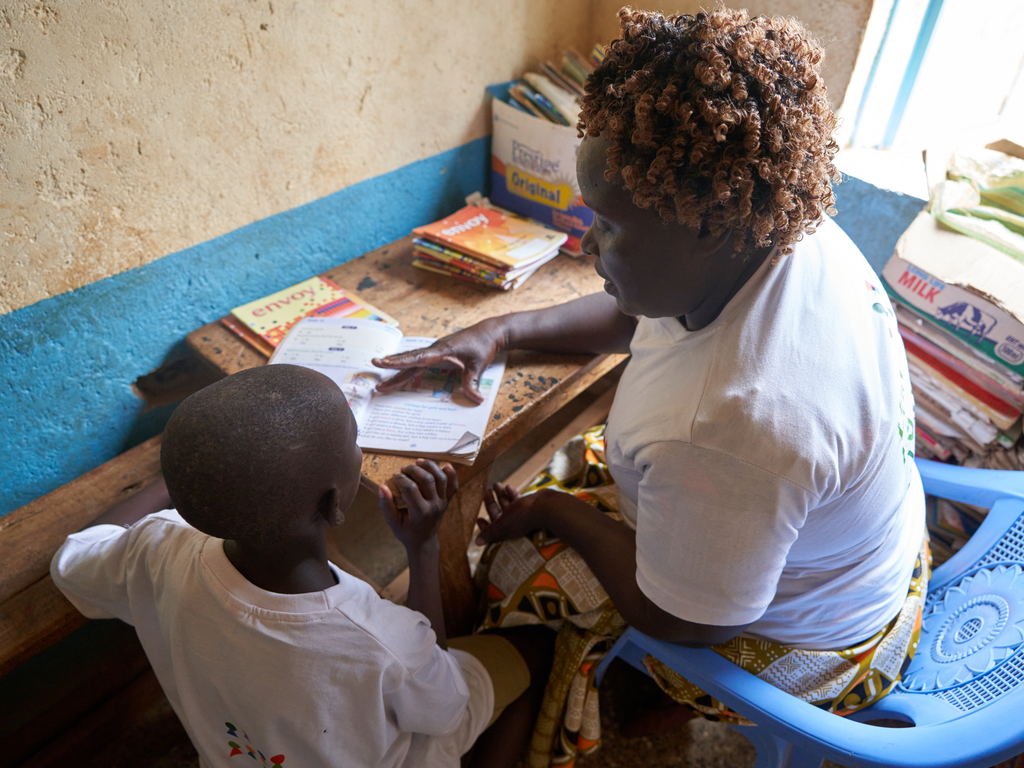
Take a stand against LGBT bullying at school says UN campaign
Right to education, Teachers and learning
Many students around the world miss classes or drop out of school after suffering harassment and violence because of their sexuality or gender identity.
Every day around the world, children are bullied at school and in the community – because of their sexuality or gender identity.
These LGBT (lesbian, gay, bi, trans) and intersex victims of harassment and violence are more likely to skip classes or drop out of school completely.
They also are at greater risk of anxiety, loneliness, low self-esteem, self-harm, depression and suicide.
“Homophobic and transphobic violence includes physical, sexual and psychological violence and bullying,” said the United Nations campaign Free & Equal in a guide to the issue.
“Like other forms of school-related violence, it can occur in the classroom, playgrounds, toilets and changing rooms, on the way to and from school, and online.”
Tomorrow is International Day against Homophobia, Biphobia and Transphobia. To mark it, Free & Equal will be launching a mini-campaign called #CultureOfLove that will explore the role culture and tradition play in the lives of LGBT people.
Studies have shown that LGBT students are suffering in countries around the world. A study from the United States found that 70% felt unsafe at school, while in China 59% of those surveyed said bullying had negatively affected their academic performance.
In Australia, a 2015 study found that 18% of intersex people had not completed secondary education, compared to 2% of the general population.
In 76 countries it’s still illegal to be gay, lesbian, bisexual or transgender.
But bullying and intimidation by other students and staff is increasingly being tackled. Countries including Namibia, the Philippines and Colombia have introduced measures to tackle the challenges.
The UN’s Free & Equal campaign has called on governments to monitor violence in schools based on sexual orientation, gender identity/ expression and sex characteristics – and to evaluate what is being done to prevent it.
It has issued an eight-point guide for schools and teachers:
- Ensure that school environments are safe, inclusive and supportive for all students, including those who are LGBT and intersex.
- Give students and their families access to objective, accurate information on sexual orientation, gender identity/expression and sex characteristics.
- Offer teachers in-service, training and support on how to deal with bullying and violence against LGBT and intersex students.
- Take action to tackle cases of bullying, insults and slurs against LGBT and intersex students.
- Lead by example: Do not propagate negative and harmful stereotypes about LGBT and intersex people.
- Refer to a person using the pronouns, gender and name that they use to identify themselves.
- Do not refer to, or reveal, a person’s sexual orientation, gender identity or intersex status without their consent.
- Partner with local civil society organisations and the wider school community to mobilise action or mark specific days to combat discrimination against LGBT and intersex people.
More news

